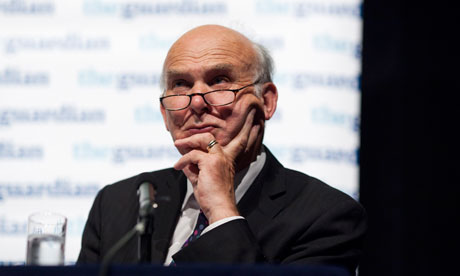Maximum and minimum prices are government-imposed price controls (regulations) aimed at influencing the market price of goods and services. These controls are typically implemented to achieve specific economic or social objectives. The rationale behind maximum and minimum prices can vary, but their primary purposes are to protect consumers, ensure fair wages for workers, stabilize markets, or control inflation.
Maximum Prices: A maximum price, also known as a price ceiling, is the highest price that can be legally charged for a specific good or service. The government sets the maximum price below the market equilibrium price to protect consumers from excessively high prices. The goal of a maximum price is to make essential goods more affordable for consumers, especially during times of crises or shortages.
Example of Maximum Price: During a severe drought, the government may set a maximum price on bottled water to prevent sellers from charging exorbitant prices due to increased demand. By capping the price, the government ensures that consumers can access water at a reasonable cost during the crisis.
Minimum Prices: A minimum price, also known as a price floor, is the lowest price that can be legally charged for a good or service. The government sets the minimum price above the market equilibrium price to provide producers with a fair income or to ensure minimum wages for workers. The objective of a minimum price is to support producers and workers in industries where they may face challenges in earning a living wage or fair returns on their products.
Example of Minimum Price: In the agricultural sector, the government may set a minimum price for certain crops to support farmers and stabilize their incomes. If the market price for a crop falls below the minimum price, the government may step in to purchase the surplus at the set minimum price, ensuring that farmers receive a fair income.
Working of Maximum and Minimum Prices:
Maximum Price: When a maximum price is set below the market equilibrium price, it creates a situation of excess demand or shortage. At the maximum price, consumers are willing to buy more of the good than producers are willing to supply. This can lead to long queues, black markets, and reduced availability of the product.
Minimum Price: When a minimum price is set above the market equilibrium price, it creates a situation of excess supply or surplus. At the minimum price, producers are willing to supply more of the good than consumers are willing to buy. This can lead to unsold inventories, wastage, and potential inefficiencies in the market.
Example of Maximum Price in Action: During a housing crisis, the government may set a maximum rent price for apartments to protect tenants from unaffordable rent increases. While this measure benefits renters, it may discourage landlords from maintaining or offering additional rental properties due to reduced profit margins.
Example of Minimum Price in Action: In the labor market, the government may set a minimum wage to ensure that workers are paid a fair wage. While this measure benefits workers, it may lead some employers to reduce hiring or cut back on labor-intensive activities to offset increased labor costs.
In conclusion, maximum and minimum prices are government interventions in the market to achieve specific economic or social objectives. Maximum prices are aimed at protecting consumers from high prices, while minimum prices are intended to support producers and workers. While these price controls can have positive effects, they may also lead to unintended consequences and distortions in the market. The success of such interventions depends on the government's ability to strike a balance between achieving the desired objectives and avoiding potential market disruptions.

